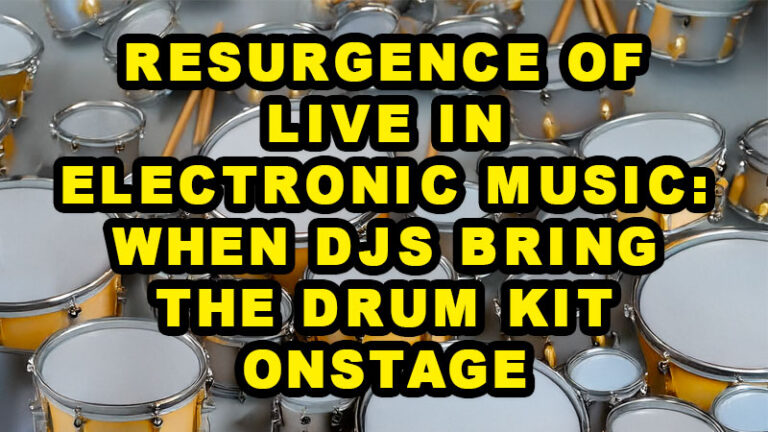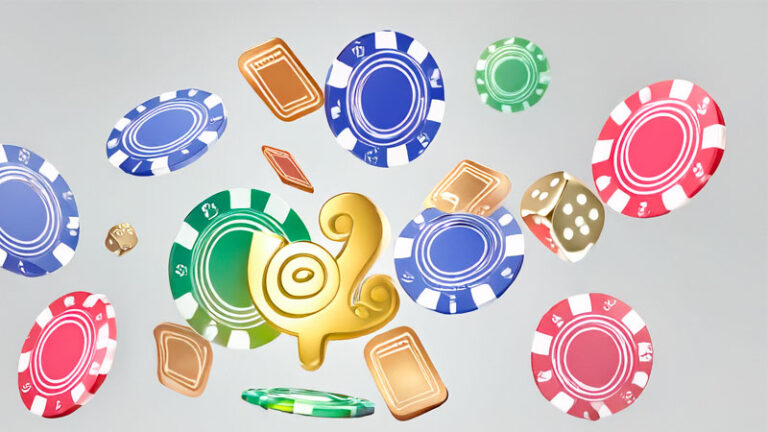These days it seems like every kid has their own multimedia player. These players are designed to play several digital audio file formats. They can also play digital videos and karaoke software which removes the vocals in order for the listener to sing along. These are becoming increasingly popular with youngsters.
Portable media players or digital audio players can store and play digital media. Data is typically stored on external devices such as CD, DVD, hard drive and flash memory.
Almost all multimedia players have their own headphone jack. These are the universal 3.5mm jack which connects to headphones, boombox or hi-fi systems. Not that many can connect to analogue systems such as cassettes and vinyl records.
Types of Multimedia players
There are several types on the market now, and the main function is for playing media.
MP3 players
These come as CD and DVD players which are able to decode and play MP3 files which are stored on CD’s. Normally they cost less than a hard-drive or flash player making them very popular with kids.
They do have a disadvantage in that because they have a low rotational disc speed, there is a chance of skipping or misreading a file. This may happen if they are shaken during playing.
They are normally built to be quite sturdy and are not easily damaged even when dropped. The data is stored on CD discs which normally hold about 700 megabytes so large files will require more than one CD.
The higher end MP3 players can read and play files on larger discs such as DVD’s and can play back movies. The MP3 players are always large enough to take a CD disc so, while portable, are fairly big.
Portable DVD players
Even though many kids prefer to watch movies and YouTube on their phones, there are many who choose to carry a portable DVD player with them.
This is particularly for the youngster who has amassed many DVD’s over their life and does not want to part with them. Additionally, there are still amazing bargains to be had online for DVD’s.
Having a portable DVD player for kids means there is no streaming for parents to do, no monthly subscription service and no contracts to sign up for. Your kid has their favorite DVD and can watch whenever they like. It’s a one-time purchase.
Portable DVD players can come in sizes of up to 15.5” although there are smaller ones which are just 10” in size. The screens are large enough to watch while travelling on trains or in cars, great for watching on holiday and many of them come with a built-in battery which is rechargeable.
What is good about portable DVD players is that they can also be connected to the TV set at home so you can watch your movies in comfort and in full size.
Hard drive-based players
These multimedia gadgets can read audio files from any hard disk drive. They can hold tens of thousands of songs on one player.
The disadvantage with these is that they are often larger and heavier than solid state storage units and are also more fragile. They consume more power and care must be taken so as not to drop them.
What should you look for?
Recording feature
You may want to look out for a multimedia player that can record. The player should have a built-in microphone. Normally recording quality is good for speech and may not be that good for music although there are some very expensive players which allow you to make high quality recordings.
Radio feature
Even though you may be able to access news on the phone, sometimes you might want to listen to something on the radio. Some players have this feature and you can tune in to FM radio. Not many offer AM radio stations because of the sensitivity to interference.
Viewing images
Many players support the JPEG format and several of them also support other files such as PNG, GIF and TIFF.
Internet access
Many portable multimedia players are now offering internet access. This means that you can access your favorite music selections via the internet. Automated random selections such as Pandora as well as YouTube mean that casual DJ’s can get a party started with minimum amounts of equipment.
Video playback mode
Many new multimedia players support the MPEG-4 format and some also support Windows Media Video. Often you will find that the included software can convert video files into a format which is compatible.
Last position memory feature
Most multimedia players now have a last memory recall feature so that after you have switched the device off and on again it will start at the place you left off rather than going back to the beginning. If the entire library is cued for shuffle play the player will simply pick up where it left off, and not replay all the songs you have already listened to.
To sum up
With so many excellent multimedia players on the market, kids these days have a great choice about the type they want as well as the functions they want from their players. Most players these days are affordable although there are some that are simply out of most young persons reach. Fortunately, it is possible to get a multimedia player that does exactly what you want at a reasonable price.




